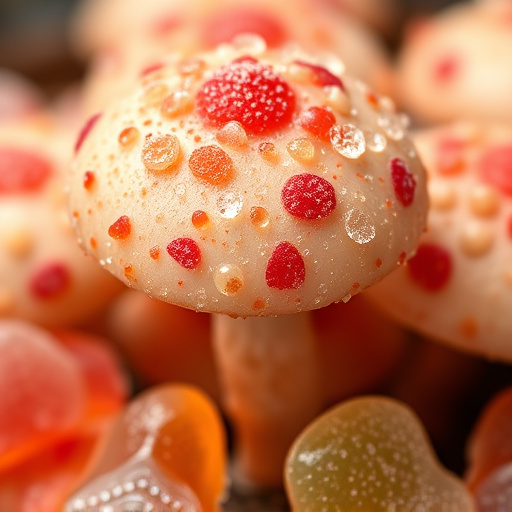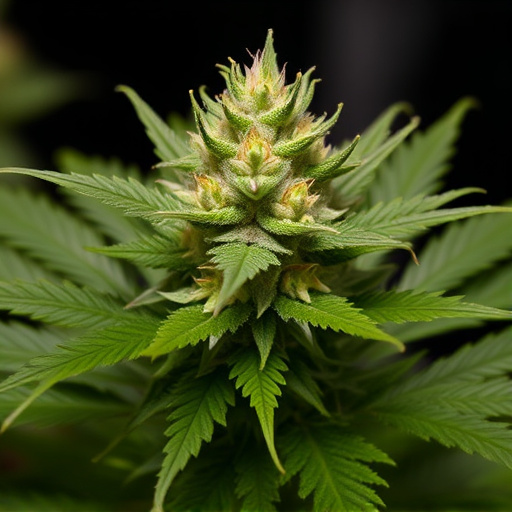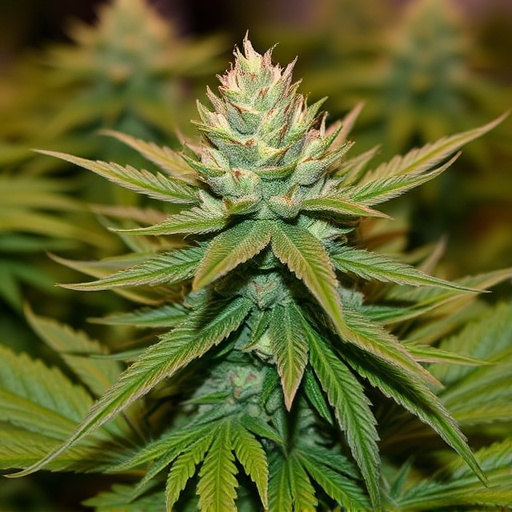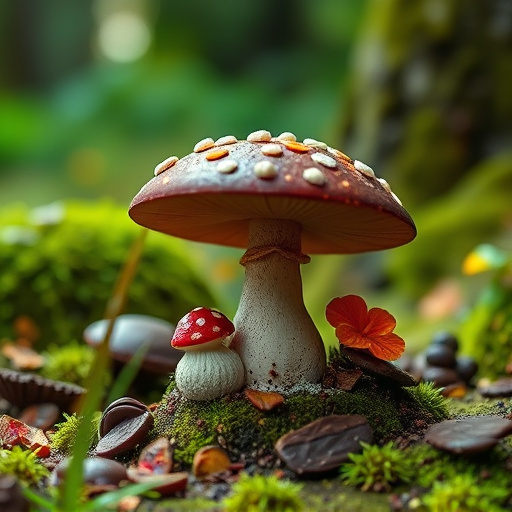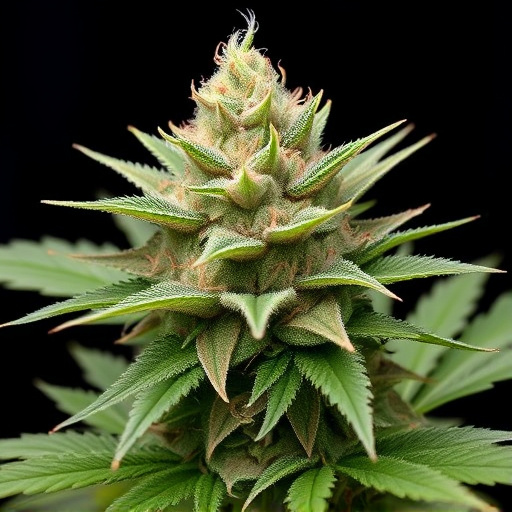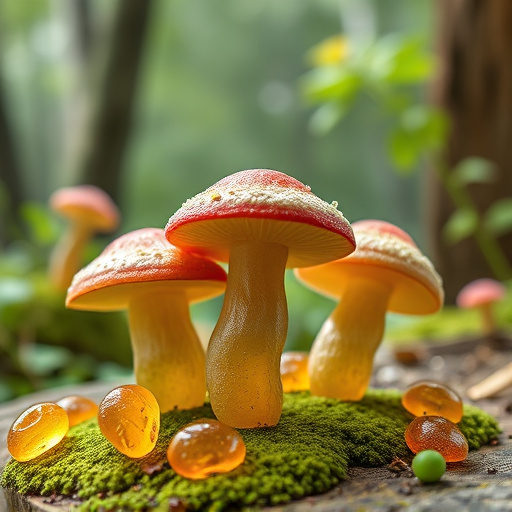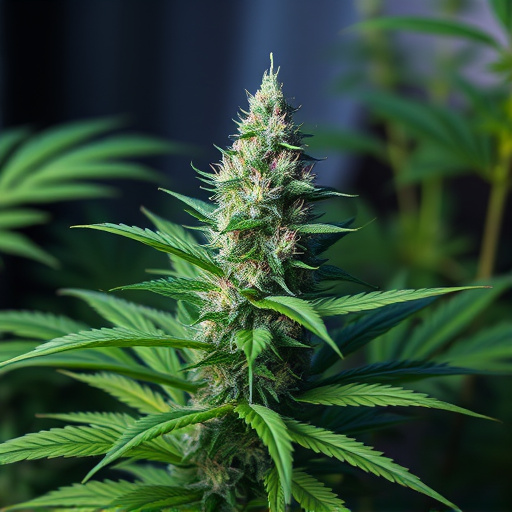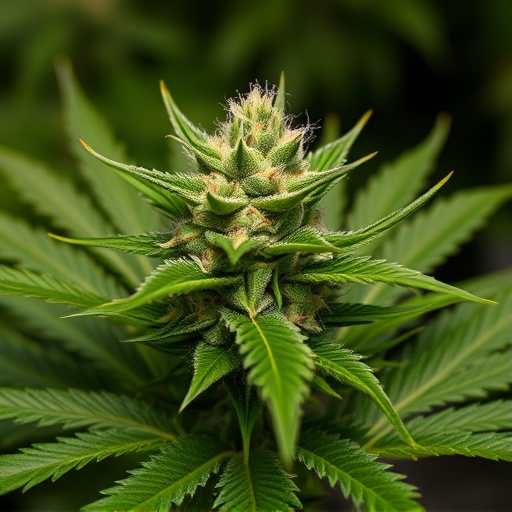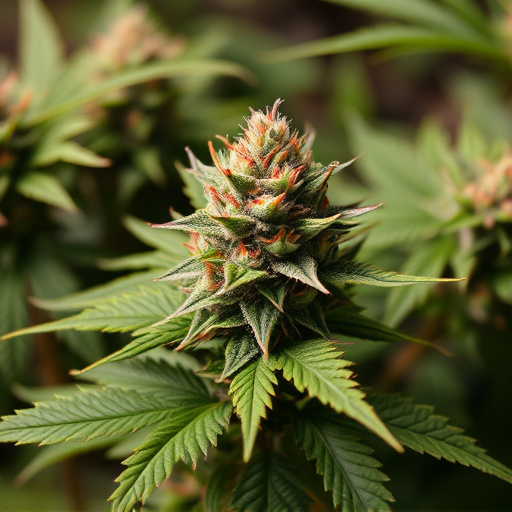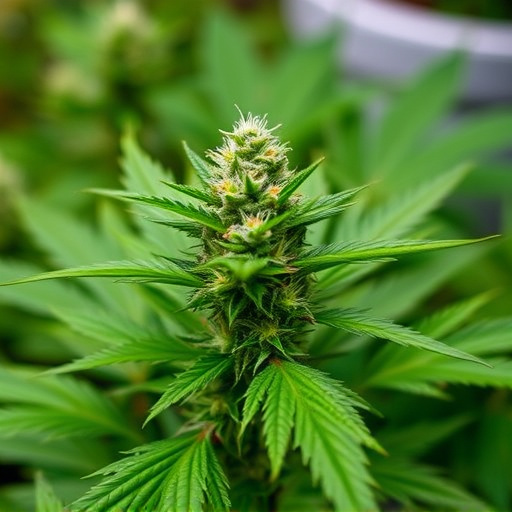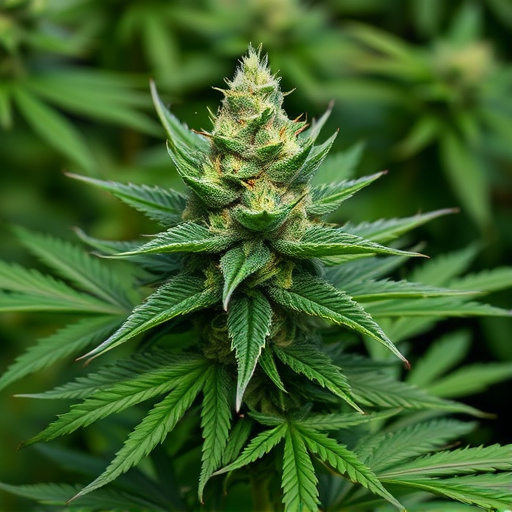Potency in cannabis flowers is influenced by genetics, cultivation techniques, and environment, with some strains exceeding 30% THC. Cultivators optimize light, temperature, humidity, and nutrients to enhance potency, impacting cannabinoid concentration. Techniques like consistent lighting, controlled temperatures, tailored nutrient management, topping, pruning, and training increase potency, leading to superior-quality potent cannabis strains. To achieve maximum potency, provide adequate sunlight/artificial light, maintain optimal temps (65-85°F), adjust humidity during flowering, use pH-balanced nutrients, and monitor nutrient uptake for robust, powerful strains.
Looking to cultivate the most potent cannabis strains? Understanding and optimizing flower potency is a science. This comprehensive guide explores key factors influencing cannabis strength, from genetics to environmental conditions. We delve into proven techniques to enhance cannabinoid production, ensuring your plants reach their full potential. By mastering growth conditions, you’ll learn how to nurture not just robust plants, but truly exceptional, potent cannabis flowers.
- Understanding Cannabis Flower Potency: The Factors That Influence Strength
- Techniques to Enhance Cannabinoid Production for More Potent Strains
- Optimizing Growth Conditions for Maximum Potency in Cannabis Flowers
Understanding Cannabis Flower Potency: The Factors That Influence Strength
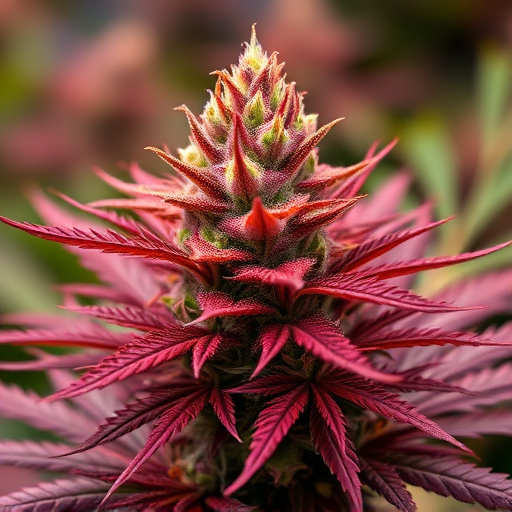
Cannabis flower potency, or strength, is a multifaceted concept that influences the overall quality and experience of consuming cannabis. It’s determined by a combination of genetic predisposition and environmental factors, both during growth and maturation. Potency can range widely, with some potent cannabis strains boasting THC levels exceeding 30%.
Key factors that drive cannabis flower potency include genetics, cultivation techniques, and growing environment. Each strain carries a unique genetic makeup that dictates its potential for high cannabinoid production. Skilled cultivators can enhance potency through meticulous nurturing—optimizing light exposure, temperature, humidity, and nutrient delivery. The growth medium, whether soil or hydroponic solutions, also plays a crucial role in cannabis plant health and the concentration of cannabinoids like THC and CBD in the final product.
Techniques to Enhance Cannabinoid Production for More Potent Strains
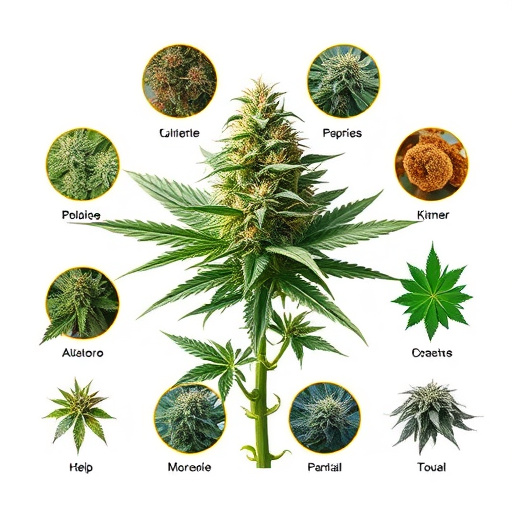
To increase the potency of cannabis flowers, cultivators can employ various techniques that stimulate cannabinoid production. One key method is optimizing light cycles—a delicate balance between light intensity and duration matters. Plants should receive consistent, high-intensity light for a set number of hours daily, promoting robust growth and maximizing cannabinoid synthesis. Additionally, controlling temperature and humidity levels within the grow room is crucial; ideal conditions tend to enhance terpene and cannabinoid profiles, contributing to more potent strains.
Nutrient management plays another vital role. Fertilizers should be tailored to support cannabis plants at different growth stages, ensuring they receive the right balance of essential nutrients like nitrogen, phosphorus, and potassium. Advanced cultivation techniques such as topping, pruning, and training can also redirect the plant’s energy towards bud development, leading to denser, more potent flowers. These strategies collectively contribute to creating superior-quality, high-potency cannabis strains.
Optimizing Growth Conditions for Maximum Potency in Cannabis Flowers

To achieve maximum potency in your cannabis flowers, optimizing growth conditions is key. This includes providing adequate sunlight or artificial light that mimics natural outdoor conditions throughout the plant’s life cycle. Temperatures between 65-85°F (18-29°C) during the vegetative phase and maintaining a consistent 24-hour light/dark cycle are essential for healthy growth. During the flowering stage, increasing the humidity slightly while ensuring good air circulation can enhance terpene production and overall potency.
Nutrient management is another critical aspect. Using pH-balanced nutrients tailored to cannabis plants ensures they receive the right balance of macronutrients (NPK) at different growth stages. Regular monitoring of soil or hydroponic solutions, along with targeted adjustments, allows for optimal nutrient uptake, promoting robust and potent cannabis flowers.
Increasing the potency of cannabis flowers involves a multifaceted approach. By understanding the factors that influence strength, employing techniques to enhance cannabinoid production, and optimizing growth conditions, cultivators can create truly remarkable potent cannabis strains. These strategies, detailed in this article, provide a comprehensive guide for maximizing the potential of every cannabis plant.
